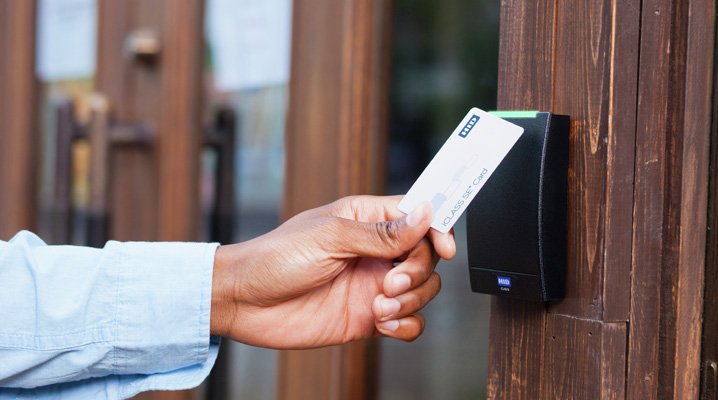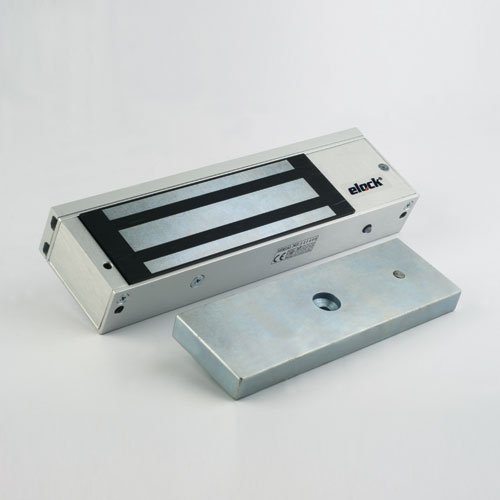Access control is security process that involves selectively limiting access to a location or resource. Its earliest variant came in the form of a simple locked door with a key to unlock it. Whoever possessed the key was able to gain access to whatever is in the locked location.
In a modern business setting beset with numerous security challenges, this simple form of access control is no longer practical. Many business premises tend to host numerous doors, for which an equally large number of people need access to, making the traditional lock-and-key method inefficient. To address this challenge, a high-tech access control system is required.
Access control systems allow administrators to specify the users authorized to access a specific door. Such systems have automated door opening and closing mechanisms to better control the entry and exit of individuals. Access control systems may even have additional functions like gathering data about the access date and time, or they can also restrict the times when access is allowed.

Types of Locks
There are several types of electronic door locking mechanisms available for access control systems. They operate using the same principle: the lock actuates when power is either supplied or removed. All locking mechanisms are designed to allow easy egress from the secured side in case of emergency.
Electromagnetic locks – This type of lock uses an electromagnet and an armature plate to lock the door. The electromagnet is attached to the door frame and the armature plate to the door. When the electromagnet is active, the door is locked. This is the easiest lock to implement, providing better security than conventional locks. However, the electromagnet only functions as long as power is supplied and thus requires a continuous source of power.
Electric strikes – In a conventional lock, the strike plate is static. In an electric strike system, the strike plate swings out of the way of the latch and allows the door to swing open.
Electric strikes can be set to open either when a current is supplied or removed. A fail-secure configuration of an electric strike means that the lock will open when electric current is applied. In case of power failure, the door will remain locked, but turning the knob from the secure side will open the door. Conversely, in a fail-safe configuration, the door will stay locked as long as current is applied, functioning similarly to a magnetic lock. In this configuration, the door can be opened from either side when there is a power failure.

Electronic deadbolt and latches – These are electro-mechanical locks, whose latches and deadbolts rely on mini electronic motors in order to move. These locks are suitable for internal doors and storage spaces. Electronic deadbolts are considered to be the most secure electronic lock, suitable for high-security doors.
Depending on the door to be secured, the correct motor solution should be selected. If the miniature motor is underpowered, it may cause the door to not open or lock properly. This can be either a minor inconvenience or a major security risk. If the miniature motor is overpowered, it may consume more power than is necessary for the task. If there are many doors to be secured and there is a lot of traffic through them, the energy costs can add up.
Benefits of Efficiency
An efficient access control system not only secures your premises but also provides added benefits:
Ease of access – Authorized users are granted ease of access. Users do not have to present their credentials multiple times. The secured doors release smoothly and reliably.
Energy savings – An efficient access control system only uses energy that it needs and minimizes waste. This can help lower the costs of maintaining security.
Reduced maintenance – Having doors, reader panels, and other parts of the system serviced is expensive. An efficient access control system requires minimal maintenance to function reliably.

Ease of use – An efficient access control system is easy to use, so your staff can be quickly trained to use and perform minor troubleshooting. This can further help in driving down costs.
An efficient access control system is essential to keeping your premises secure while also helping lower security expenditures. It keeps out unauthorized people reliably and allows easy access for authorized users. The most important benefit of an efficient access control system is peace of mind—you have confidence that the system works reliably with minimal human intervention.
